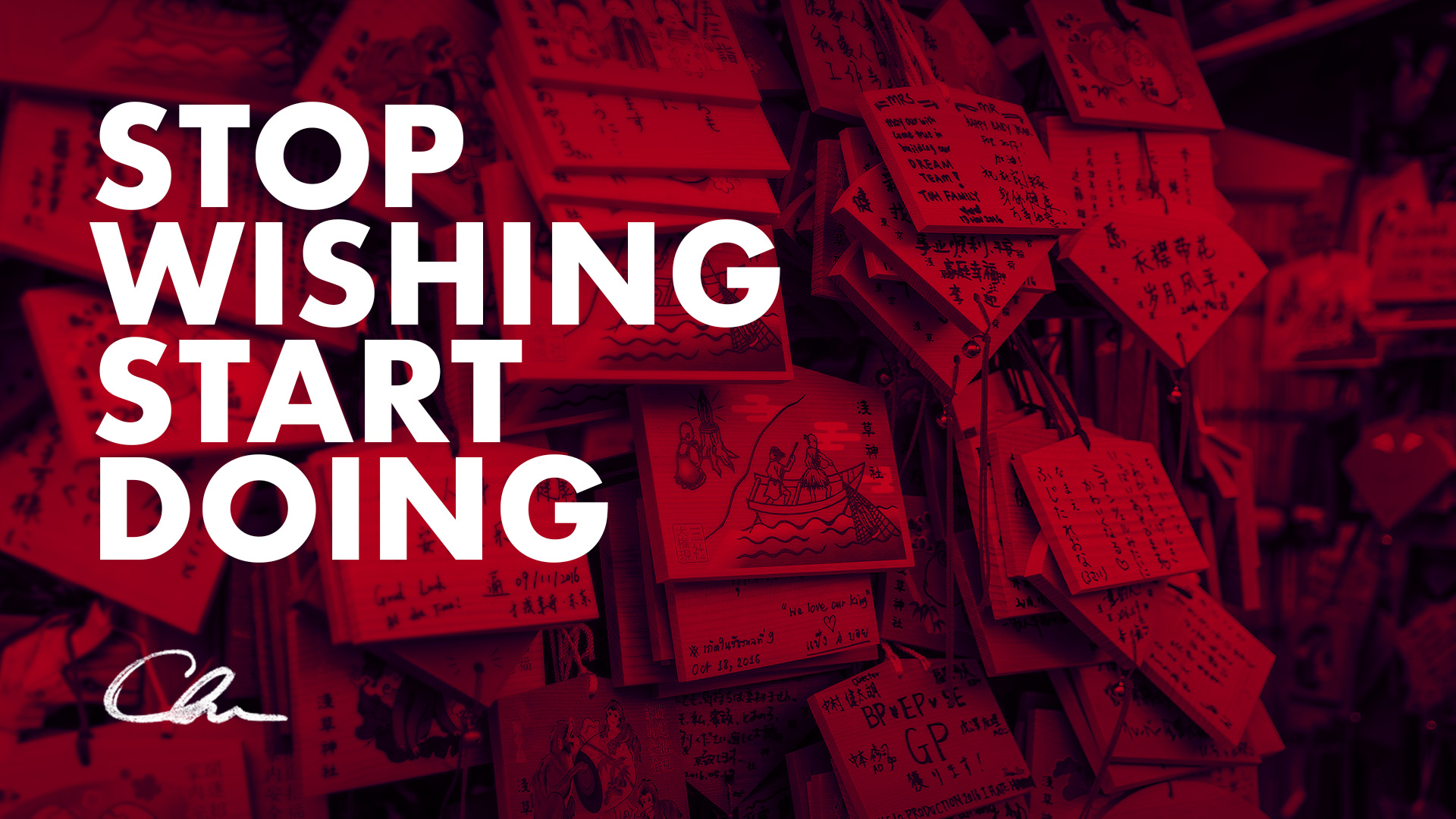The entirety of branding history, from its inception to branding today
Branding has been around with us ever since there were two similar products, even if we came to define it fairly recently. We begin with mere brands on cattle to signify ownership, all the way to branding today, that gives the product an image and creates a relationship between the audience and the product. We’ll do our best to talk about something that informs our perception of things without bringing up any poststructuralists. Unfortunately, we’ll have to go through thousands of years at the speed of light: this story is long, and any more in-depth reporting would’ve turned this longread into a hefty tome.
3000 B.C.-1750s: What’s Branding to a Cattle Herder?
The prime goal of branding is to identify the product and separate it from the rest. Back in the day that boiled down to marking the ownership, and then to show who created the product. These goals could be fulfilled with a simple stamp, e.g. on the bottom of a clay pot, and now two pots from two different masters are sufficiently different. It’s a true and tried practice that is still upheld in some B2B markets to this day, where the only difference between brands is in their logos.
The word “brand” comes from Old Norse “brandr”, which means “fire” and “swordblade” (to be fair, a lot of words in Old Norse meant something and also a weapon). To brand cattle was a common practice since roughly 3000 B.C. in Ancient Egypt, and somewhere around the 15th century is when we began to use the actual word “brand” for it. The Middle Ages did a lot for branding, and we don’t mean The Bud Knight.

The seals, the crests, the coats of arms — all of those are precursors to contemporary logos. Logos now serve different functions and nowhere near as ornate, but the symbolism was there. A big step from simplistic engravings.
1750s-1900s: Brands Begin
The industrial revolutions in its consequences, among other things, created brands as we know them today. 19th century is when the first trademarks were registered, starting with Bass Pale Ale, but also Guinness, and of course, Coca-Cola. For the first time in history, competition is real, it’s here, and so are the mediums for advertising. Branding began with the first trademarks and newspaper advertising.


1900s-1960s: Branding as a Service
With markets exploding came a need for professional branding. We can’t say exactly who came first here: there were no “branding agencies” at the time, it was all advertising agencies.
The first of which was William Taylor in 1786. Ogilvy (then Mather) was founded in 1850. N.W. Ayer & Son opened in 1861, McCann (then Erickson) was founded in 1902. Yet until the 20th century, they were rather niche, mostly operating as a middleman between companies and newspapers — at their inception, the ad agencies only bought up the ad space in the newspapers and then sold it to companies at a markup. Only at the beginning of the 20th century did the agencies began to provide the full range of services: planning, creating, and executing ad campaigns.
One important date we can note is 1901, when James Walter Thompson published The Thompson Blue and Red Books of Advertising. Among other things, it expanded on “trademark advertising”, which we now know as branding.

2020s-?: Branding Tomorrow, and Tomorrow, and Tomorrow
Since the fifties, the branding hasn’t changed at its core. It had the same goals and the same targets for the past seventy years. But the last few decades, the mediums changed, and changed again, and kept changing, faster and faster and faster. In the mid-20th century, a big company had to think about rebranding maybe once a decade. And only just think about it, not necessarily do it. Today, a company needs to update itself every couple of years. All the while there are new marketing channels cropping up all the time, and you have to adapt your message to them. A decade ago, no one really bothered branding on Instagram. Branded content on TikTok is nearly brand new. The branding cycle keeps on getting faster and faster.

And the focus on emotions over the product keeps getting bigger. Now you don’t even have to have a physical product — of course, online sales of music and films and software aren’t anything new, but — there’s digital clothing. If even five years ago you told a friend that you bought digital clothing, they would assume it’s a shirt with a screen on it or something like that. Then you’d explain that digital clothing is entirely digital and he can only check it out on your socials. To that, he would probably say something we can’t put in print, and then say something about Emperor’s New Clothes, and you’d have to resort to “You just don’t get it, Derek”..
For decades now, branding has been more about the image and the perception than the product, with the gulf between the two growing bigger. Today, branding has to adapt to the new channels all the time, and the medium is what defines the message. Branding isn’t going to be fundamentally different anytime soon. But the details change every day.


